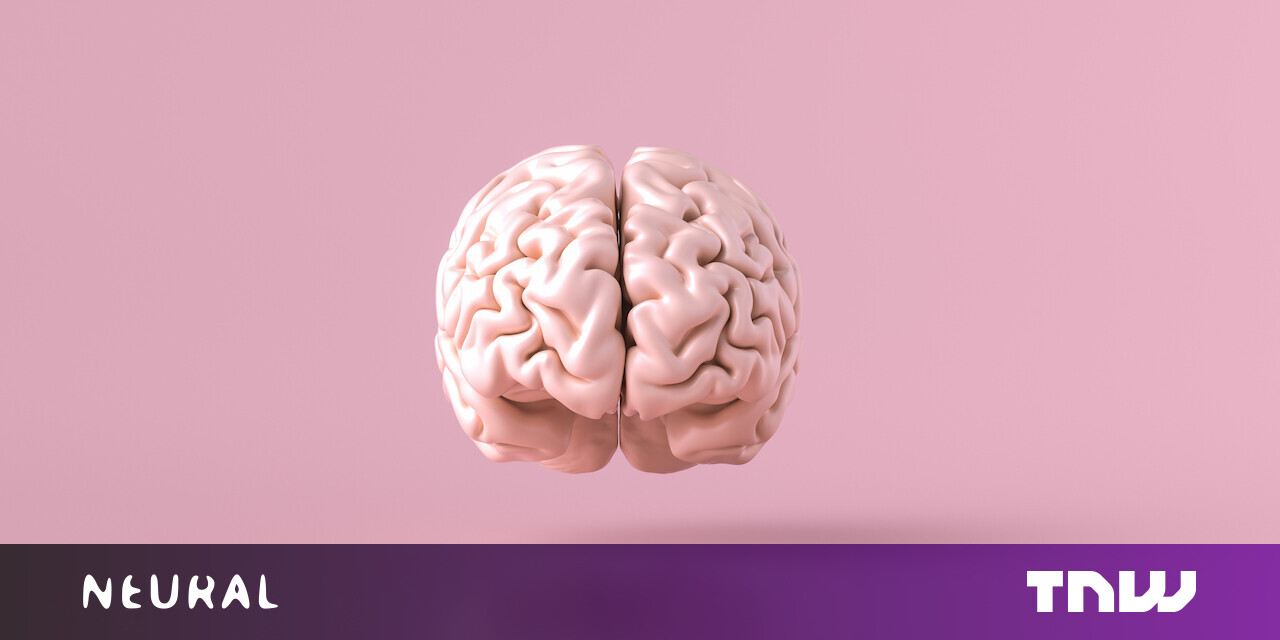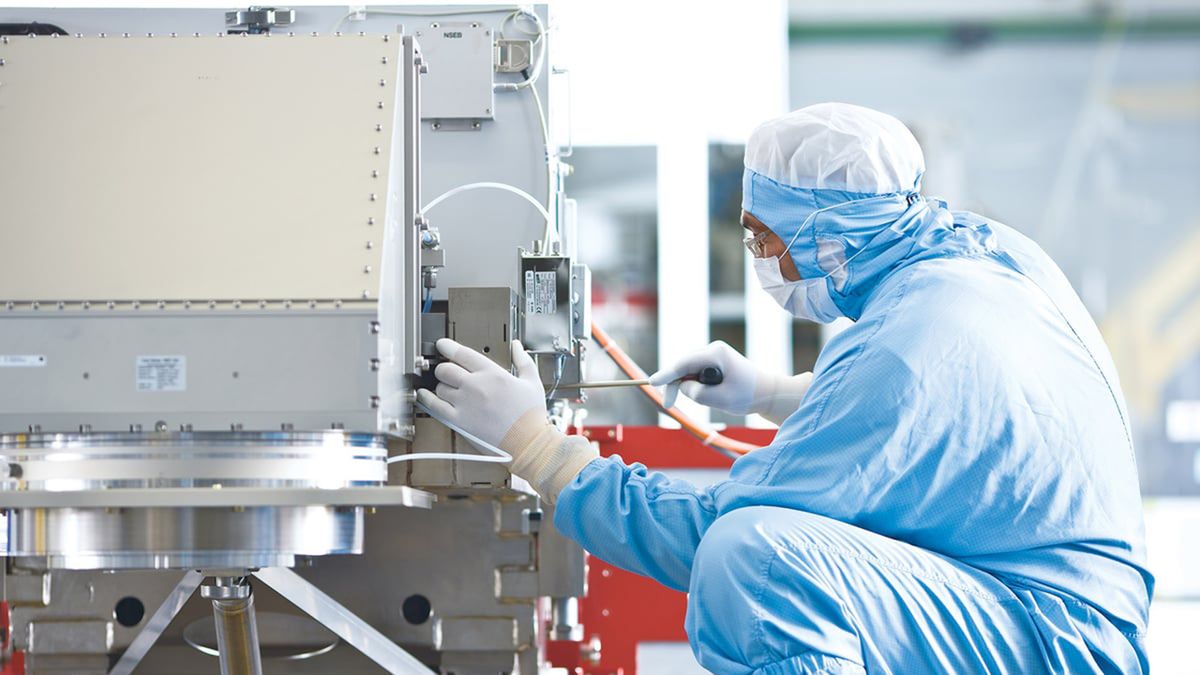
Massed-Spaced Learning & Panpsychism - by DomoFutu
When we think of memory and learning, images of the human brain come to mind: a dense network of neurons firing in intricate patterns to encode experiences and retrieve them when needed. But what if the essence of memory extends beyond neurons? What if the underpinnings of cognitive processes reside in all living cells, or even deeper, in fundamental properties of matter itself? Recent research into memory-like behavior in non-neural cells 1 adds a compelling layer to discussions that edge on the philosophical—particularly the hypothesis of panpsychism.
The groundbreaking study published in Nature Communications, looked at how the "massed-spaced learning effect" works in human cells that aren’t part of the brain. Scientists used special cell lines that were modified to produce a glowing protein (called luciferase) when activated by CREB, a protein that switches on certain genes in response to signals in the cell.
To mimic training, researchers applied repeated bursts of two chemicals, forskolin and phorbol ester, which trigger pathways linked to memory. The results were clear: four spaced-out bursts made the cells glow more strongly and for longer than a single, continuous burst. This stronger response also came with increased activity of two important molecules for memory, ERK and CREB. When either ERK or CREB was blocked, the advantage of spaced training disappeared, showing how crucial these molecules are for this effect.




















